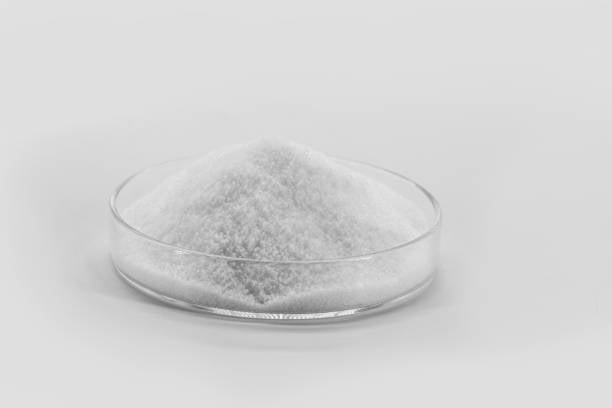The Purpose of Adding Sodium Hexametaphosphate: A Comprehensive Overview
Introduction
Sodium hexametaphosphate, also known as SHMP, is a versatile chemical compound with numerous applications across various industries. This article aims to provide a comprehensive overview of the purpose of adding sodium hexametaphosphate in different contexts, ranging from food and water treatment to industrial processes.
1. Enhancing Food Texture and Shelf Life
Sodium hexametaphosphate is commonly used in the food industry as a food additive due to its ability to improve texture and extend the shelf life of various products. Its emulsifying properties help stabilize food mixtures, preventing separation and maintaining a consistent appearance and texture.
2. Retaining Moisture in Meat and Seafood
When used in meat and seafood processing, sodium hexametaphosphate acts as a water-binding agent. It helps retain moisture, preventing meat and seafood products from becoming dry and tough during cooking or processing. This improves the overall quality and juiciness of the final products.
3. Preventing Calcium and Magnesium Buildup
In water treatment processes, sodium hexametaphosphate plays a crucial role in preventing the buildup of calcium and magnesium ions. These ions can cause scale formation and reduce the efficiency of water heaters, boilers, and other equipment. By sequestering these ions, SHMP helps maintain the optimal performance and longevity of such equipment.
4. Improving Detergent Performance
Sodium hexametaphosphate is a common ingredient in detergents and cleaning solutions. It acts as a water softener, preventing the formation of mineral deposits on clothes, dishes, and surfaces. Additionally, it enhances the cleaning efficiency of detergents by helping to break down and remove stubborn stains.
5. Stabilizing Paints and Coatings
In the paint and coating industry, sodium hexametaphosphate is used as a dispersing agent. It helps stabilize pigments and prevent settling, ensuring uniform color distribution and improved overall performance of the paint or coating. SHMP also aids in controlling viscosity and improving the flow properties of these products.
6. Facilitating Oil and Gas Drilling
Oil and gas drilling operations often require the use of drilling fluids to lubricate and cool the drill bit, as well as to carry the drilled cuttings to the surface. Sodium hexametaphosphate is added to these drilling fluids to help control their pH levels and minimize the formation of scale or deposits that could hinder the drilling process.
7. Enhancing Metal Cleaning and Surface Treatment
When cleaning or treating metal surfaces, sodium hexametaphosphate can be employed to remove rust, scale, and other contaminants. It acts as a chelating agent, binding to metal ions and facilitating their removal. This improves the adhesion of coatings and helps prepare the metal surface for subsequent processes.
8. Water Softening in Industrial Applications
Industrial processes often require water with specific characteristics. Sodium hexametaphosphate is commonly used as a water softener to remove hardness-causing minerals, such as calcium and magnesium. This helps prevent the formation of scale in industrial equipment, ensuring optimal performance and reducing maintenance requirements.
9. Promoting Soil Fertility and Plant Growth
In agriculture, sodium hexametaphosphate can be used as a soil conditioner and fertilizer. It helps improve soil fertility by releasing essential nutrients, such as phosphorus, in a controlled manner. This promotes healthy plant growth and enhances crop yields. However, careful application and adherence to recommended dosages are crucial to avoid potential environmental impacts.
10. Water Treatment in Swimming Pools
Swimming pools require regular maintenance to ensure water clarity and prevent the growth of algae or bacteria. Sodium hexametaphosphate is often added to pool water as a sequestering agent, binding to metal ions and preventing their precipitation, which can lead to staining or other water quality issues. It aids in maintaining balanced pool chemistry and prolonging the lifespan of pool equipment.

